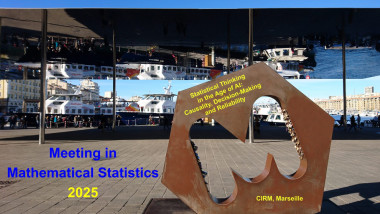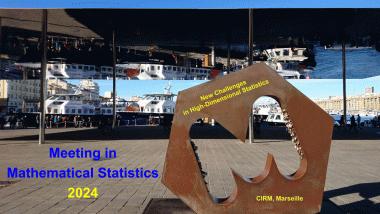Time-domain multiplexed measurement-based quantum computing for large-scale optical quantum computing
Appears in collection : PRACQSYS 2018: Principles and Applications of Control in Quantum Systems
There are two types of qubits, stationary and flying qubits. Stationary qubits are two-level systems in electronic, atomic, ionic, and superconducting systems. Flying qubits are two-level systems in optical systems. When we build a quantum computer based on stationary qubits, we usually build one-dimensional array of qubits or two-dimensional matrix of qubits for a quantum bus, where we don’t have to make a real quantum circuit to perform quantum gates. The quantum circuit is virtual, which corresponds to a “score” of temporal sequence for which qubits should be activated by controlling pulses. For large-scale quantum computing, we just need many qubits, i.e., large-scale one-dimensional array of qubits or large-scale two-dimensional matrix of qubits. A very important point here is that the size of the quantum computer is independent of the scale of quantum computing, because it doesn’t need a real quantum circuit. In this sense, quantum computers based on stationary qubits seem to have scalability. On the other hand, when we build a quantum computer based on flying qubits, the situation is totally different. In this case, we need a real quantum circuit for quantum computing just like a conventional computer. That means large-scale quantum computing needs a large-scale quantum circuit. Even worse, different quantum computing needs a different quantum circuit, which means we don’t have programmability of quantum computing in this type of systems. To solve these problems, we invented time-domain multiplexed measurement-based quantum computing for optical quantum information [1-3], where it needs very small number of optical components and resources in principle, the requirement is independent of the scale of quantum computing, we can continue to make quantum computing as long as we want beyond the coherence time of light source, and it is programmable. The most important point here is that the size of the quantum computer is independent of the number of qubits for quantum computing, which means it has real scalability and it is a totally different situation from the one of quantum computers based on stationary qubits. I will explain it in detail at the workshop.












